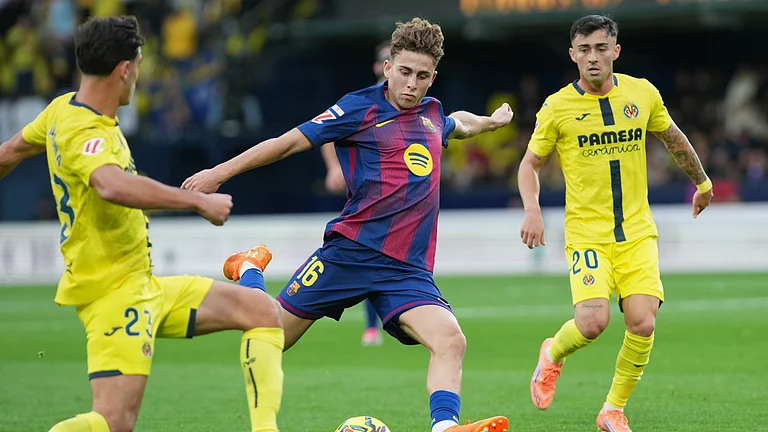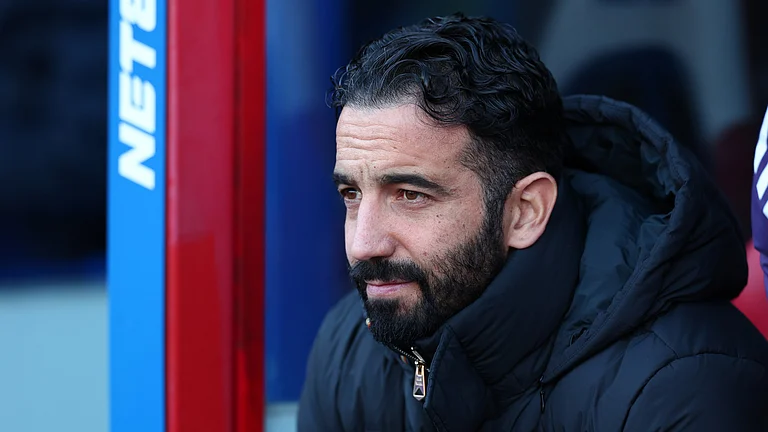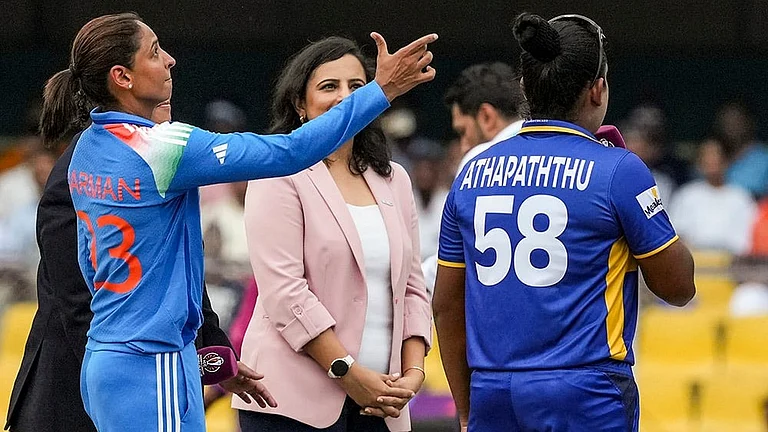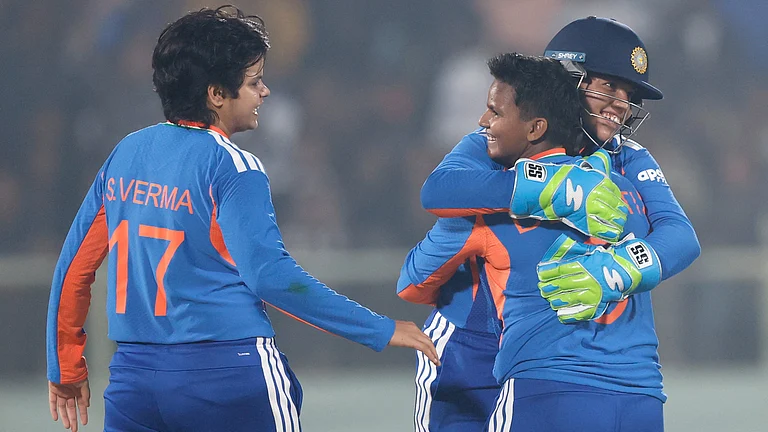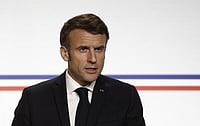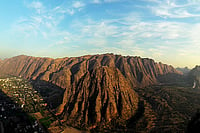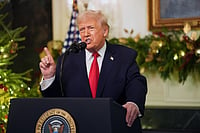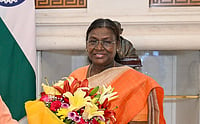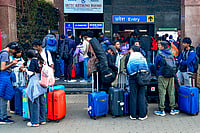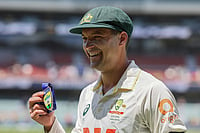From crystals to management of water resources. How come?
Forty per cent of electricity required to make our crystals comes from hydel power. It’s time to give something back to nature.
Tell us about the Swarovski Water Schools?
We educate children living around the catchment areas of major river systems across the world on water conservation so as to become agents of change in their communities.
What is your project all about?
It began with the ‘Endangered Wildlife’ trilogy in China in ’08, then in Uganda, and has entered its final phase in India this year with the ‘Living Ganges’ theme.
What is the focus of Living Ganges?
In collaboration with the WWF, it aims at the equitable distribution of water resources to the Keoladeo National Park in Bharatpur, Rajasthan, and the surrounding farming communities.
How are the funds raised for the project?
We dedicate a crystal figurine to an endangered animal species linked to the particular river system and auction it to the Swarovski Crystal Society (SCS) members. This year it’s the Bengal tiger.
What’s so special about these figurines?
Each piece from conceptualisation to the finished product takes almost two years.
How has the response to the project been?
It’s been very well received among 3,50,000 scs members in 130 countries. We’re hoping to raise ¤1 million in India by the end of this year.
How would you measure the success of your water schools?
In the past nine years, around 60,000 children in Austria, China and Uganda and some 900 children in India have been trained.
How are crystals being received in India?
It’s been overwhelmingly positive.
Your future plans in water conservation?
Ensure the sustainability of our water schools. And reach more children the world over.







